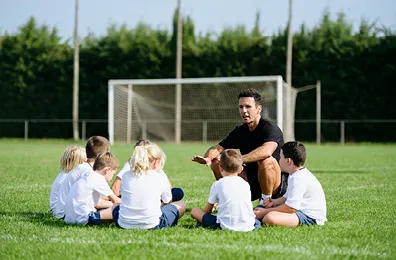Part of the Do's and don'ts series – how to keep children and young people safe in sport.
Children and young people are particularly vulnerable in changing rooms due in part to various stages of dress or undress and because they are isolated areas. There is also a risk of peer-on-peer child or young person problems, such as bullying if the changing room is left unsupervised.
Watch the change room arrangements video
Do
- Encourage children and young people to come dressed ready for trainings or games if there are no private or safe change room facilities.
- Provide safe and private change room facilities where possible.
- Ensure that there is always appropriate supervision where the change room or toilet facility is accessible by adults or in ‘public’ change rooms, whilst also ensuring the child and young person’s right to privacy.
- Knock or announce yourself and wait for approval before entering change rooms.
- Have at least one other authorised adult with you in a change room with children and young people.
- Implement a buddy system in the absence of adult supervision to accompany a child or young person to the bathroom (for example, children or young people can nominate 2 or more ‘buddies’ of a similar age and gender who can go with them).
- Get changed in an individual closed cubicle.
- Make every effort to recognise when a child or young person goes to the change room during practice and competition and, if they do not return in a timely fashion, check on their whereabouts.
Don’t
- Undress, get changed or shower at the same time as supervising groups of children or young people.
- Be alone and unsupervised with a child or young person in a change room area.
- Isolate yourself with a child or young person from others in the change room (for example, take them into a cubicle with you).
- Enter a change room of the opposite gender.
- Use any camera or other recording device in a change room.
- Use bathroom facilities at the same time as a child or young person.
- Unnecessarily allow parents or carers into change rooms unless a child or young person requires physical help getting changed (for example, younger children, or children or young people with disabilities).
- Place pressure on a child or young person to change or shower in public if they feel uncomfortable to do so.



